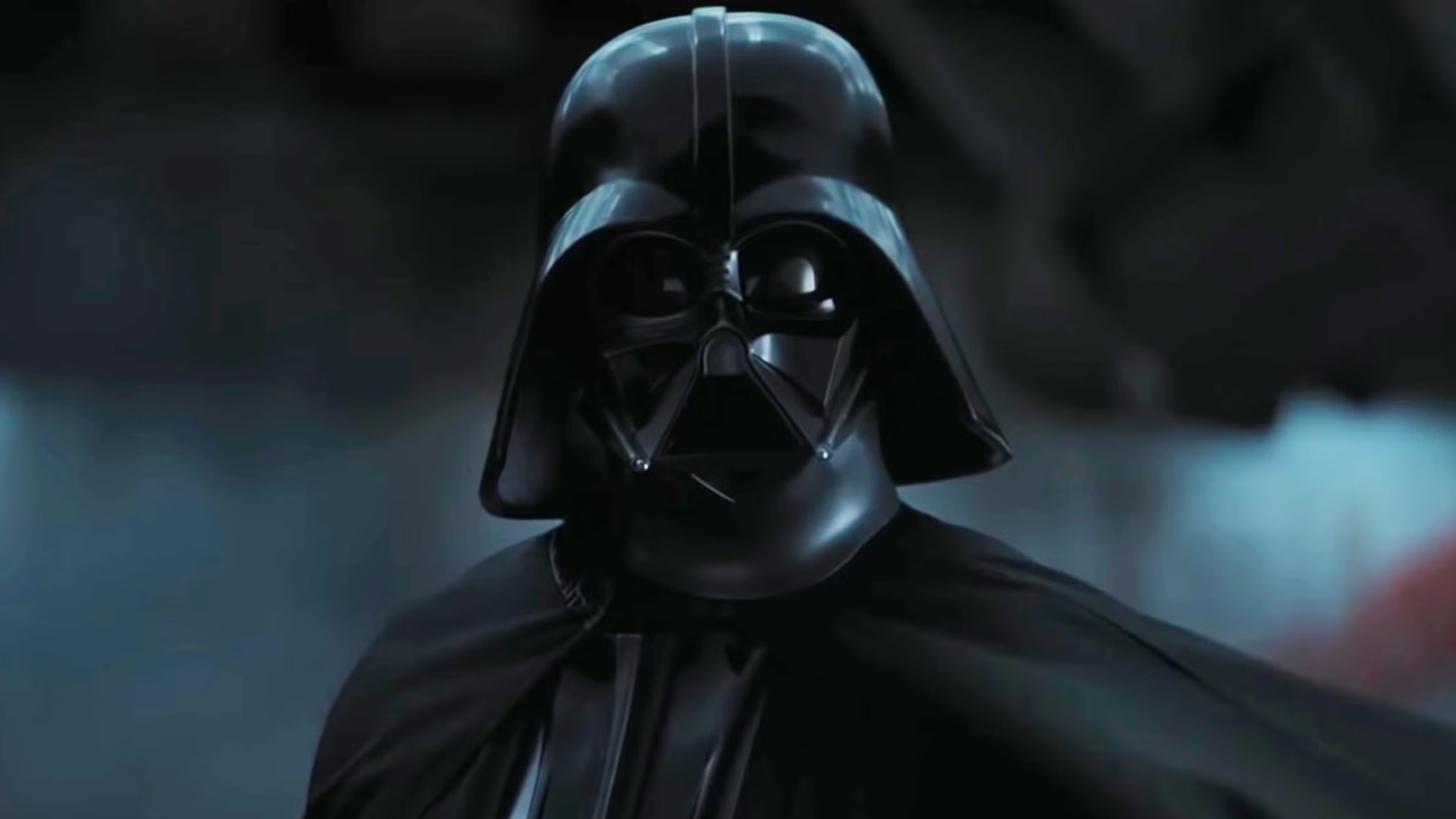
Under Disney’s management, Star Wars has been met with a fair share of controversy. While there have been standout moments like the finale of Star Wars: The Clone Wars and the early seasons of Star Wars: The Mandalorian, it’s challenging to ignore the confusion that surrounds the sequel trilogy. Star Wars: The Force Awakens is generally innocent, introducing a fresh cast of characters who will carry on from Han Solo and his crew. Unfortunately, Star Wars: The Last Jedi and Star Wars: The Rise of Skywalker struggle to connect coherently, with the latter largely reversing the daring choices made in the former.
Discussions continue online regarding the portrayal of Luke Skywalker in the sequels and the choice to make Rey a relative of Emperor Palpatine. However, Disney’s biggest blunder in the Star Wars saga happened post-sequel trilogy, when they altered one of the series’ most memorable lines to give a less captivating narrative an added sense of significance.
Obi-Wan Kenobi Isn’t the Star Wars Story Many Expected It to Be

In a similar vein to sequels, prequels have their own set of problems, but Ewan McGregor’s portrayal of Obi-Wan Kenobi is not among them. Although he had some big shoes to fill following Alec Guinness, McGregor added depth to the Jedi character. He may come off as somewhat stiff, but he remains loyal and serves as an exceptional mentor to Anakin Skywalker. However, Obi-Wan and Anakin don’t always see eye to eye, particularly during the events of Star Wars: Revenge of the Sith. When Anakin comes to suspect that the Jedi are scheming against Palpatine and asks him to spy on his friend, he reveals everything to the Sith Lord and agrees to become his apprentice in order to save Padmé. This decision leaves Obi-Wan utterly bewildered, prompting him to confront Anakin on Mustafar. The ensuing duel culminates in a dramatic climax with Anakin sustaining severe burns and eventually donning the infamous Darth Vader suit. Their paths diverge for 20 years until their next encounter on the Death Star in Star Wars: A New Hope, but Disney has chosen to add complexity to their relationship.
In a continuation set approximately ten years post “Star Wars: Revenge of the Sith,” the galaxy is under the firm grip of the Empire, with Inquisitors hunting down surviving Jedi knights. On Tatooine, Obi-Wan Kenobi conceals himself, guarding Luke Skywalker, when events take an unexpected turn – Leia Organa gets abducted. This necessitates a rescue mission, one that Obi-Wan embarks on at the behest of his old friend Bail Organa. The journey places him against the Grand Inquisitor and his minions, who are no match for the skilled swordsman. However, their superior – Darth Vader – isn’t pleased with Obi-Wan reemerging, prompting a personal confrontation. Once more, Obi-Wan proves triumphant against Vader in combat. Regrettably, he allows the Sith Lord to escape, which could prove detrimental in the long run.
Disney Makes Obi-Wan Kenobi Out to Be a Coward

It appeared plausible that Obi-Wan hadn’t met Vader since Mustafar in Star Wars: A New Hope because their conversation suggested as much. There was no question that Obi-Wan held authority on the lava planet and taught his former student a crucial lesson about maintaining the upper hand. Afterward, he departed for Tatooine straightaway, and with the Empire focusing on more important matters, they didn’t establish a significant presence there. This gave Obi-Wan freedom to operate undetected for 20 years until Luke Skywalker arrived seeking answers and carrying a message from Leia. However, the events of Obi-Wan Kenobi have now cast doubt on all of that.
In a recent expansion of the Star Wars canon, there’s a new account of a second encounter between Obi-Wan Kenobi and Darth Vader before “A New Hope.” This fight is visually impressive but seems inconsistent from a character standpoint. If Obi-Wan gains the advantage, it doesn’t make sense for him not to kill Vader given his awareness of Vader’s capabilities and realization that Anakin is gone. Obi-Wan has no qualms about killing villains like Darth Maul and General Grievous, making his decision to let Vader escape seem strange. The most plausible explanation for this apparent paradox is that Disney sought to have their cake and eat it too, even if it meant having one of its iconic Jedi characters associated with so much evil.
Star Wars: Obi-Wan Kenobi is streaming on Disney+.
https://comicbook.com/tv-shows/news/star-wars-most-powerful-tv-characters/embed/#
Read More
- The Most Jaw-Dropping Pop Culture Moments of 2025 Revealed
- Ashes of Creation Rogue Guide for Beginners
- ARC Raiders – All NEW Quest Locations & How to Complete Them in Cold Snap
- Best Controller Settings for ARC Raiders
- Where Winds Meet: How To Defeat Shadow Puppeteer (Boss Guide)
- Ashes of Creation Mage Guide for Beginners
- Where Winds Meet: Best Weapon Combinations
- Hazbin Hotel season 3 release date speculation and latest news
- ARC Raiders’ Cold Snap Trailer Offers Sneak Peek at Snowy Maps and Flickering Flames Event
- All 3 New Star Wars Projects That Have Just Been Announced
2025-08-06 00:13